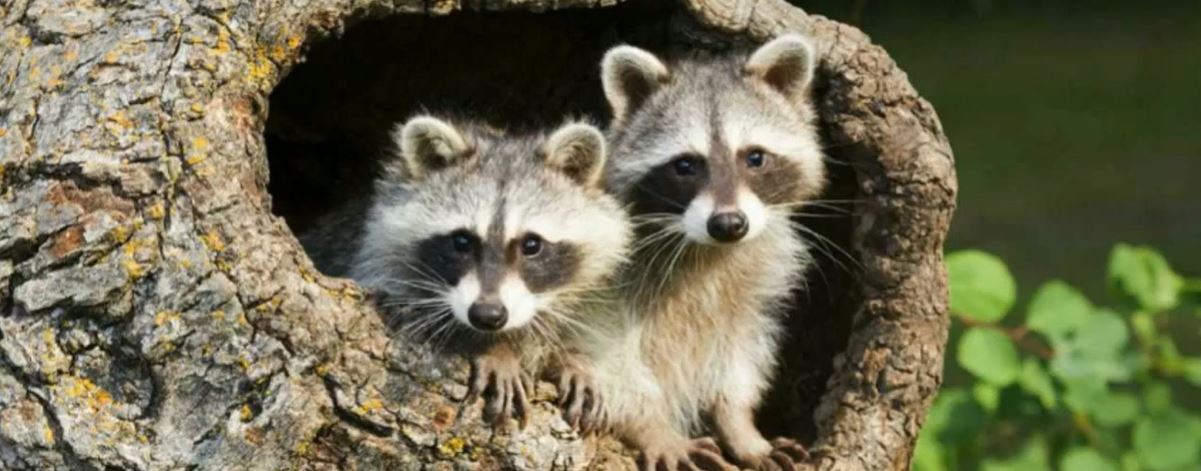

Learn more about the role of the NPS in night sky protection.Raccoons are nocturnal creatures who are notorious for making an awful lot of noise at night when they are trying to get into garbage cans or bird feeders outside of homes. North American nocturnal animals include: What nocturnal animals are in your neighborhood? They also support our cultural resources and help park visitors have an enjoyable vacation experience. In this way, night sky friendly lights benefit wild creatures and bring other benefits, too, such as energy efficiency and reduced costs. Park lighting that contributes to glare, for example, can be replaced to reduce impacts.

The NPS assesses and improves light levels in park environments to restore natural darkness. Like sleep, without it no one functions well. High cortisol levels make it difficult to fall asleep or experience deep sleep, which our immune systems need to fight illness and disease.Ī naturally dark environment is a vital resource to all living things. Cool blue white light at night from sources such as LEDs, fluorescent and metal halide lights interfere with the body’s circadian rhythms by suppressing melatonin and increasing cortisol, a brain chemical released when we are stimulated or excited. Humans, too, need natural darkness for sound sleep and good health.Artificial light causes them to stay at lower elevations, which affects animals up the food chain that subsist on them for food. Many zooplankton feed near the surface of water bodies at night, and at the bottom of ponds, lakes and oceans by day to avoid predation.
#Are racoons nocturnal animals skin
Prolonged exposure to bright lights affects their hormones, skin coloration, thermoregulation, and reproduction. Artificial light interferes with amphibians, who detect light levels 100x dimmer than humans.Check out this video of young volunteers at Gulf Island National Seashore helping hatchlings on their journey to the sea. For baby sea turtles born on brightly lit beaches in developed coastal areas such as Florida, this can bring dire consequences: Instead of heading toward waves sparkling with moonlight, the turtles are often drawn toward brightly lit roads and parking lots, where they quickly die. After birth, they orient toward the brightest light on the beach. Sea turtle hatchlings rely on the moon and starlight reflecting off the ocean at night to direct them to the safety of the water.Lights from nearby cities, towers, and other facilities disorient their migration and veer them off course, which cause them to slam into surfaces or circle endlessly, wasting crucial energy. Hundreds of bird species use stars to navigate at night.Highways, habitat and skies lit with artificial light interfere with the vision, foraging, and dispersal activities of many mammals.Research into the ecological consequences of artificial night lighting is revealing numerous connections between light pollution and disruption to myriad species in almost all taxa. Light pollution is human caused light that alters natural light levels in the outdoor environment. One way we do this is to reduce light pollution in parks. It preserves wilderness qualities that animals depend on for survival. Animals such as cats, owls, and rodents have developed keen hearing, smell, and dark-adapted vision in order to navigate at night.īy protecting night skies, the NPS protects more than pretty views of the stars. Others need the night to hunt, mate, or avoid predators. Many species on Earth are nocturnal: Some come out at night to escape the heat of the day. Many living things need and have evolved to adapt to darkness. This spring, we reflect on Earth at night, and some of the reasons the NPS protects night skies. Naturally dark night skies have a big role to play in supporting wildlife and park ecosystems. Photo Credit: Ralph Arwood / all rights reserved Framed by saw palmetto vegetation in its natural habitat at Big Cypress National Park, a Florida panther walks toward the camera in this night view of the elusive cat.


 0 kommentar(er)
0 kommentar(er)
